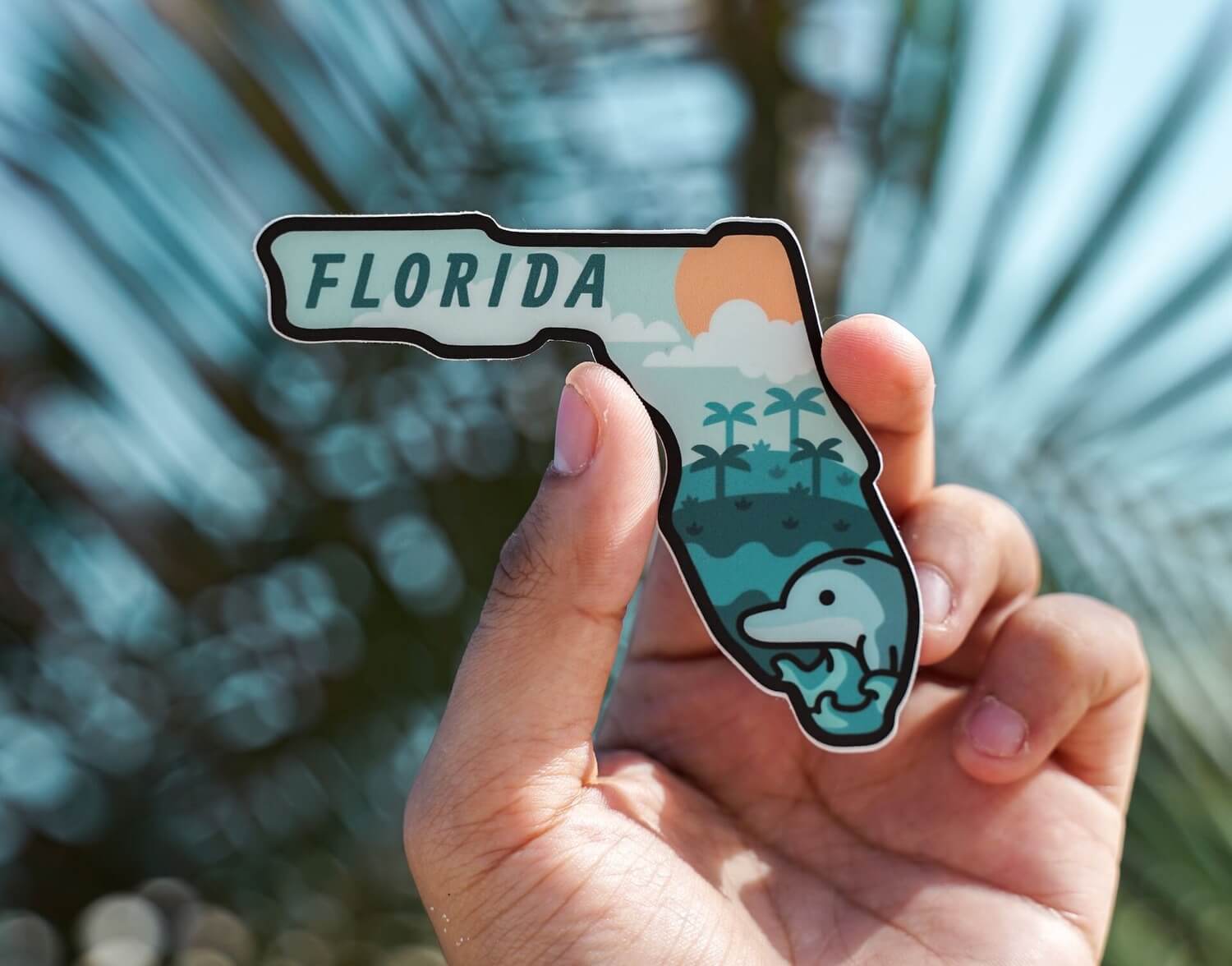What Are Opioids?
Opioids are drugs most often used to treat moderate to severe pain in prescription form. All opioids are either derived from opium, an extract of the poppy plant, or synthesized.
Most prescription opioids, such as oxycodone (Percocet, OxyContin) and hydrocodone (Vicodin, Lorcet), are called semi-synthetic because they are partly derived from natural compounds. Fully synthetic opioids include fentanyl and buprenorphine. Illicit drugs like heroin are also opioids.
All opioids are addictive. Use of an opioid, as prescribed or illicitly, can create opioid dependence in as little as ten days. If a person has regularly taken opioids long enough to develop a dependence, they will experience some physical withdrawal symptoms when they stop. Opiates are most often prescribed after a person either has an injury or surgical procedure resulting in moderate to severe pain afterward.
There are many examples of prescription opioid pain medications on the market today, and it can be hard to keep track of all the brand names and variations. As a rule, though, any opioid medication in the United States is a controlled substance. This means a doctor’s prescription will be required, a government photo ID to pick up the prescription, and refills will be strictly limited and controlled. Chances are any pain medication you receive that falls under all those conditions is likely opioid and potentially addictive.
Below we’ve provided a list of common prescription medications along with some of their brand names. Note that buprenorphine is included as it is a synthetic opioid. However, it is most often prescribed for opioid detox or medication-assisted treatment/harm reduction. Buprenorphine was engineered for these purposes and lacks the euphoric side effects of conventional opioids, making it far less likely to be abused. However, medium to long-term use does require a careful taper/titration to mitigate potential withdrawal symptoms.
Common Prescription Opioid Medicines:
- Oxycodone (Percocet, OxyContin, Percodan, Tylox)
- Hydrocodone (Vicodin, Lortab, Xodol, Zohydro)
- Morphine (MSContin, Kadian, Avinza)
- Oxymorphone (Opana)
- Hydromorphone (Dilaudid)
- Fentanyl (Actiq, Duragesic, Sublimaze)
- Codeine (Tylenol 3, Antituss AC)
- Methadone (Methadose, Dolophine)
- Buprenorphine (Suboxone, Subutex, Zubsolv)




